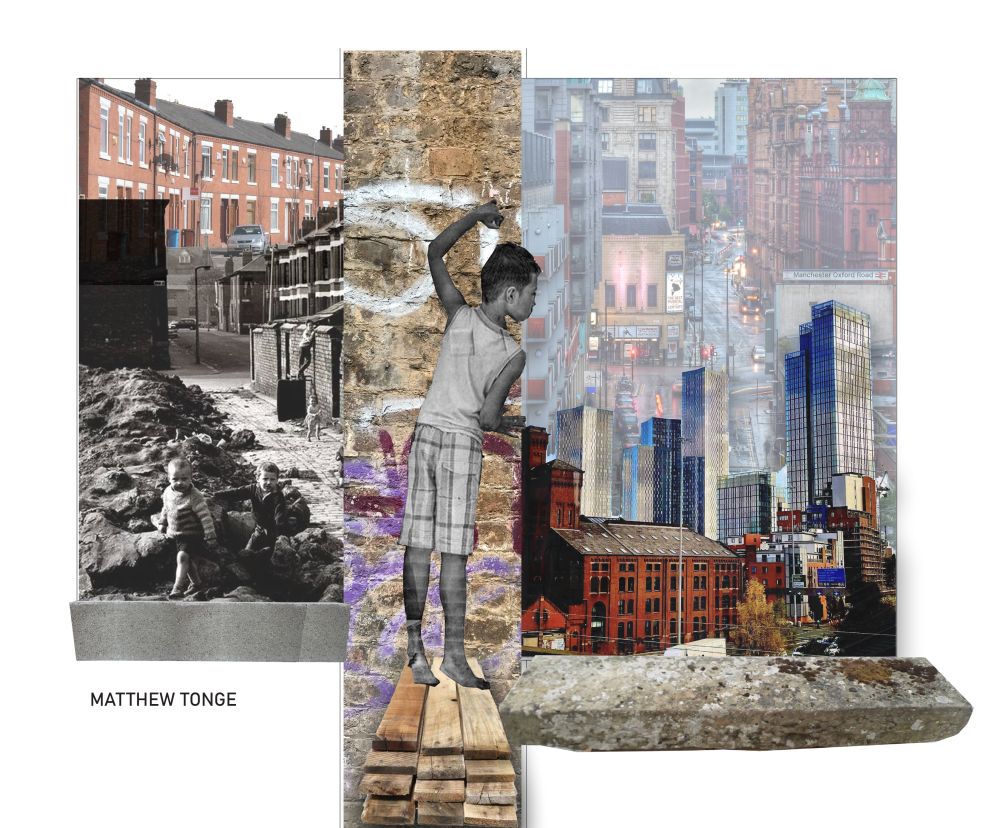Architecture Climate and Society
Architecture, Climate & Society is one of the central aspects of our holistic and pluralistic approach to teaching on the climate and biodiversity emergency. Taught to both BA2 and MLA1, students learned about climate justice, climate change adaptation, and the difficulties in defining ‘net zero’. We welcomed guest lectures from Dr. Barnabas Calder (University of Liverpool) which drew on his award-winning book ‘Architecture: From Pre-history to Climate Emergency’, Professor Luca Csepely-Knorr who discussed ‘Context, precedent, antithesis: the role of nature in architecture’, and Becky Sobell on ‘Is nature a human construct?’. The course draws on literature from a variety of disciplines to help students understand the importance of developing a theoretically informed position when addressing the climate emergency. Central to the course is an appreciation of the complex social, environmental, and economic contexts within which the built environment disciplines operate, and how this translates into an ethical and moral responsibility towards engaging with the climate emergency.


